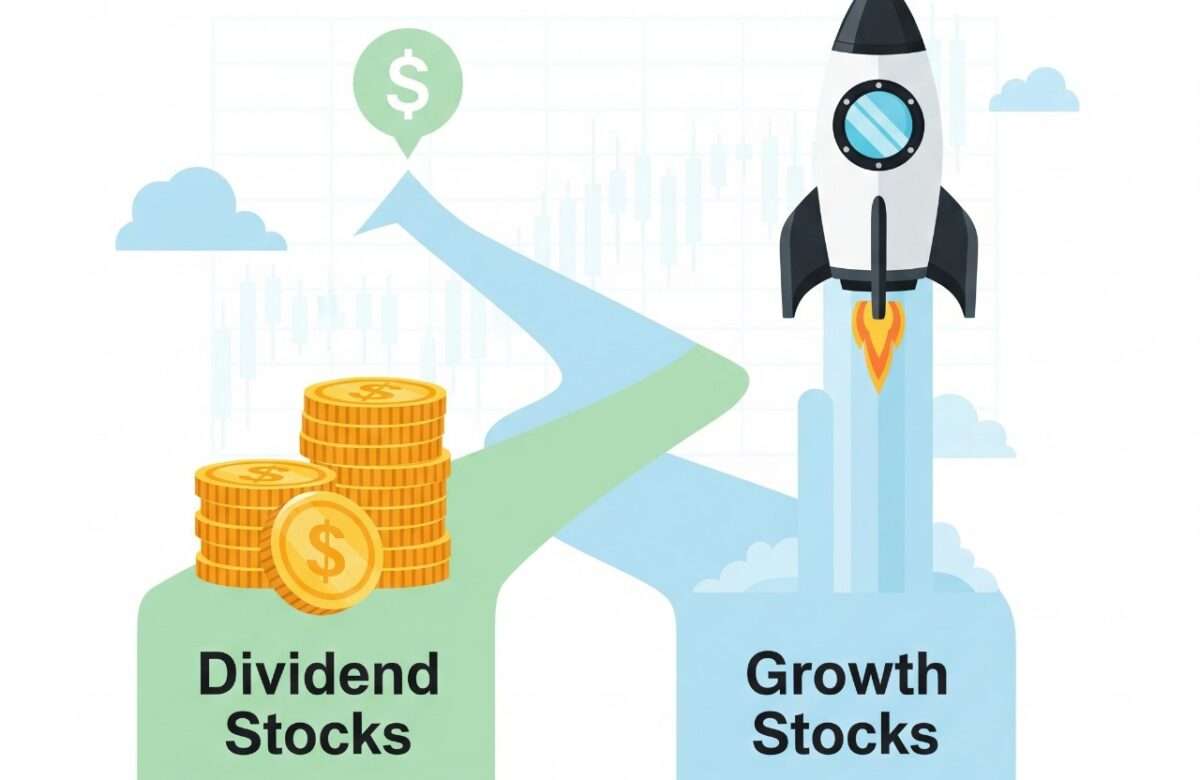- 3 October 2024
- No Comment
- 610
The Power of Compounding: How Small Investments Grow Big Over Time

If you’ve ever wondered how some people manage to grow their wealth steadily over the years, even when starting with just small amounts, the answer often lies in a powerful yet simple concept of “compounding”. This magical force can transform modest investments into significant savings if you give it time and patience.
But what exactly is compounding, and how does it work? Let’s break it down in a way that’s easy to understand, with relatable examples to show how small investments can lead to big rewards over time.
What Is Compounding?
Compounding is the process where the money you invest generates earnings, and then those earnings start generating their own earnings. It’s like planting a tree: you begin with a seed (your initial investment), and as it grows, it produces fruit (your earnings). Eventually, those fruits drop seeds of their own, sprouting into new trees that produce even more fruit.
In financial terms, when you invest, the interest or returns you earn are added to your initial amount, and then those returns start earning interest too. This snowball effect is the essence of compounding.
A Simple Example
Let’s say you invest $100 at a 5% annual return. At the end of the first year, you’ll earn $5, making your total $105. In the second year, you’ll earn 5% not just on your original $100 but on the entire $105. That adds another $5.25, giving you $110.25. Over time, this small amount keeps growing, and as the years pass, the growth accelerates because you’re earning returns on both your original investment and the returns you’ve already earned.
It’s important to note that the earlier you start, the more powerful compounding becomes. Let’s see how this works in the long run.
The Long-Term Power of Small Investments
Many people think they need a lot of money to start investing, but that’s not true. The beauty of compounding is that even small investments can grow significantly over time.
Let’s imagine you start investing just $50 a month at a 7% annual return. It may not seem like much at first, $50 barely covers a meal at a restaurant these days, but over the course of 30 years, those small monthly contributions can grow to over $60,000! That’s the magic of compounding in action. The key is consistency and patience.
How to Start Small and Maximize Long-Term Gains
Now that you understand how compounding works, let’s talk about how you can get started with small investments and make the most of this powerful tool.
1. Start Early
The sooner you start investing, the more time your money has to grow. Even if you’re in your 20s and don’t have a lot of extra cash, putting aside a small amount each month can make a huge difference over the years. Starting early gives your investments more time to compound, which leads to greater growth in the long run.
2. Be Consistent
One of the best things you can do for your financial future is to invest regularly, no matter how small the amount. Whether it’s $20 or $200 a month, the key is to stay consistent. Set up an automatic transfer to your investment account so you don’t even have to think about it.
3. Reinvest Your Earnings
If you want to maximize the power of compounding, make sure to reinvest any interest or dividends you earn. By reinvesting, you allow those earnings to generate even more returns, further accelerating the growth of your investment.
4. Don’t Be Discouraged by Market Fluctuations
Investing can be intimidating, especially when the market dips. But keep in mind that investing is a long-term game. Historically, the market has always recovered from downturns and grown over time. Stick to your plan, and let compounding do its work.
5. Explore Accounts That Offer Tax or Growth Benefits
Depending on where you live, some investment accounts may offer tax advantages or other benefits that can help your money grow faster. For example, in the U.S., accounts like a 401(k) or Roth IRA allow your investments to grow tax-free or tax-deferred. In other countries, there may be similar types of accounts with different names. Look into what options are available in your country, as they can significantly boost the long-term growth of your investments.
Real-Life Success Stories 
Let’s take a look at a real-life example to see the power of compounding in action. Sarah started investing $100 a month at the age of 25 in an index fund that returned an average of 7% annually. By the time she was 55, her total contributions of $36,000 had grown to over $117,000. Meanwhile, her friend Tom didn’t start investing until he was 35. Even though he invested $150 a month, by the time he turned 55, his total had only grown to $78,000. The difference? Sarah’s extra ten years of compounding allowed her investments to grow much more over time.
The Time to Start Is Now
The power of compounding shows that it’s not about how much you invest, it’s about starting early, being consistent, and letting time work its magic. Whether you can spare $10 or $100 a month, every little bit adds up. Over time, those small contributions will grow into something significant, giving you financial security and peace of mind for the future.
So, don’t wait for the “perfect” time to start investing. The perfect time is now. Plant the seed today, and watch your financial future grow.
FAQs
How often does compounding happen?
Compounding can happen on different schedules depending on the investment. It could be daily, monthly, quarterly, or annually. The more frequently it compounds, the faster your money grows.
How long should I invest to see the benefits of compounding?
The longer you invest, the more you’ll benefit from compounding. While you may start seeing growth after a few years, the real power of compounding shows over decades. That’s why starting early is so important.
Compound Interest Calculator
What types of investments can I use for compounding?
Common investment options that benefit from compounding include savings accounts, mutual funds, stocks, bonds, and retirement accounts. Some accounts offer interest, while others provide dividends or growth through market performance.
Is there a difference between simple interest and compound interest?
Yes. Simple interest is calculated only on the initial amount you invest, whereas compound interest is calculated on both the initial amount and any interest or returns you’ve earned over time.
What if I can’t invest consistently? Will I still benefit from compounding?
Yes, even irregular contributions will benefit from compounding. However, consistency maximizes the effect. The more regularly you invest, the more opportunities your money has to grow through compounding.
Does inflation affect compounding?
Yes, inflation can reduce the purchasing power of your returns. This is why it’s important to choose investments that have the potential to outpace inflation, like stocks or funds with higher growth rates, rather than relying solely on savings accounts with low interest rates.
Are there risks with compounding investments?
While compounding itself is a growth mechanism, the risk depends on where you invest your money. Some investments, like stocks, come with higher risks but can yield higher returns, while others, like savings accounts, are safer but may offer lower returns.



